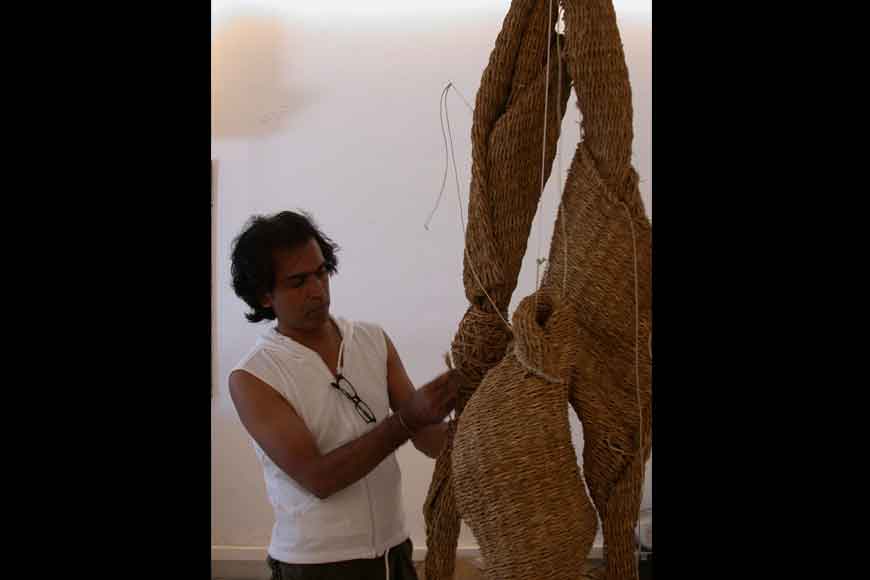Journey of Muslin from Bengal to Milan!
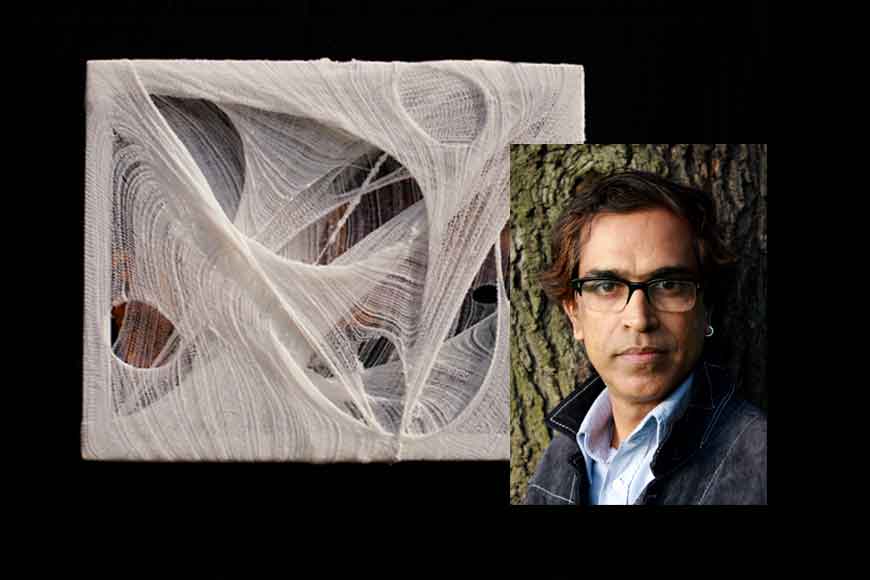
That delicate handspun Muslin, globally revered, locally spun by weavers down generations have always touched a connoisseur’s dream to own one. The famous textile had flourished in all its glory in undivided Bengal. But why did ancient India celebrate Muslin yarn as a symbol of wealth and luxury? Simply because, they were exquisitely handspun and woven, they were extraordinarily delicate, produced from cotton plants that grew extensively along the banks of the Brahmaputra. Owing to the exclusive availability of the raw material, Dhaka became the centre of this flourishing industry and produced skilled artisans who specialized in the intricate spinning and weaving of Muslin.
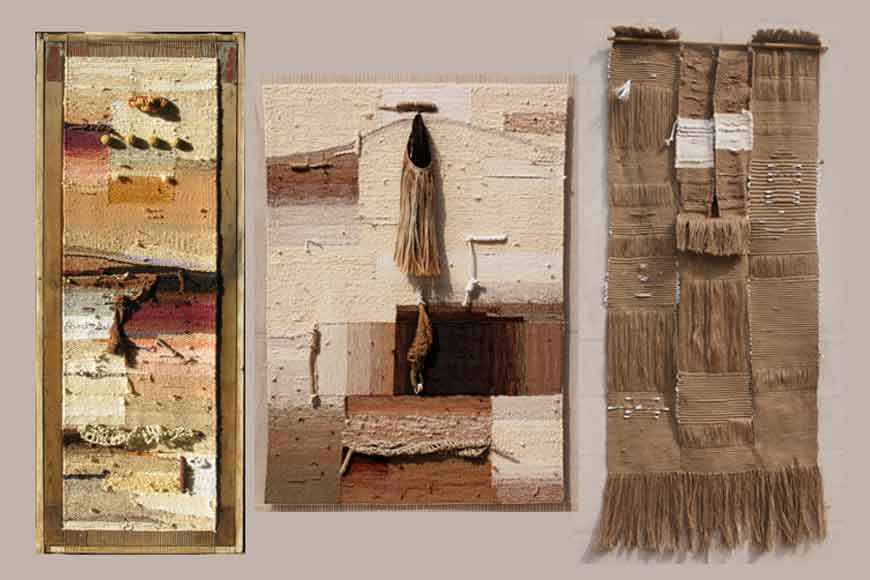
Such was the allure and quality of Muslin, that India had a flourishing trade with ancient Rome and Bengal’s Muslin became a symbol of art. Interestingly, the name ‘Muslin’ is thought to have come from the ancient Indian port town of ‘Maisolos’ or Masulipatnam, where Greek and Roman merchants thronged in search of this valued fabric. The highly coveted fabric bore the fanciful epithet of the ‘textalis-ventalis’ or ‘woven air’ in the Western world and it was this textile export that brought Bengal to the forefront of the contemporary world map.
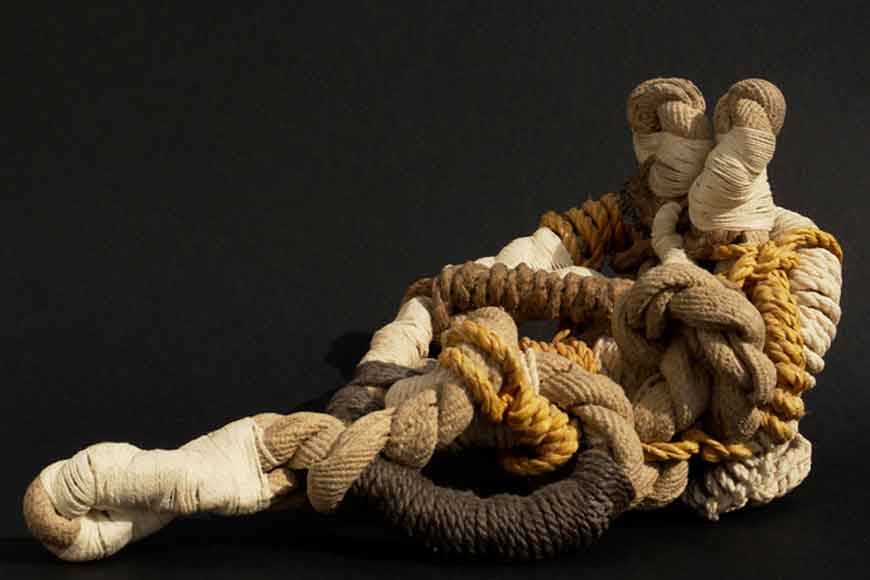
However, with the arrival of the East India Company in India, the Muslin industry suffered under the onslaught of imperial suppression. Fearing unbeatable competition from Bengal Muslin with regards to their own machine-manufactured textiles, the British employed a ruthless government policy, rounding up local weavers and cutting off their thumbs to systematically eradicate a thriving source of trade and income.
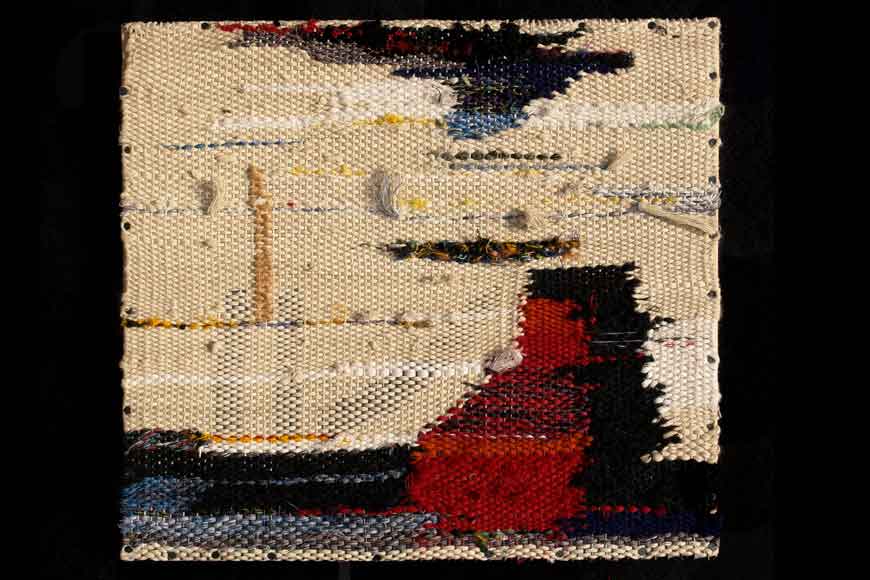
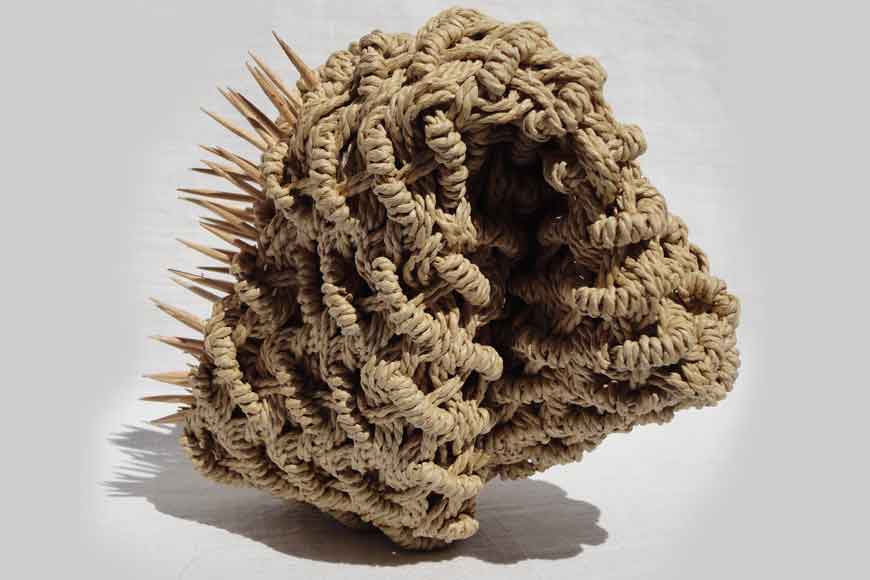
In recent times, there has been attempts in both Bangladesh and West Bengal to revive the Muslin industry and give appropriate credit to the artisans involved with governmental aid. However, one man from Bangladesh has taken this symbol and pride of Bengal’s heritage textile to Milan – one of the slickest metropolises of Europe. Thus, the days of universal recognition of Muslin has been revived. He is Shafiqul Kabir Chandan, an artist by profession. In his own words: ‘Pictures I paint with cotton and thread are no less artistic than the ones put together on the surface of a flat canvas.’
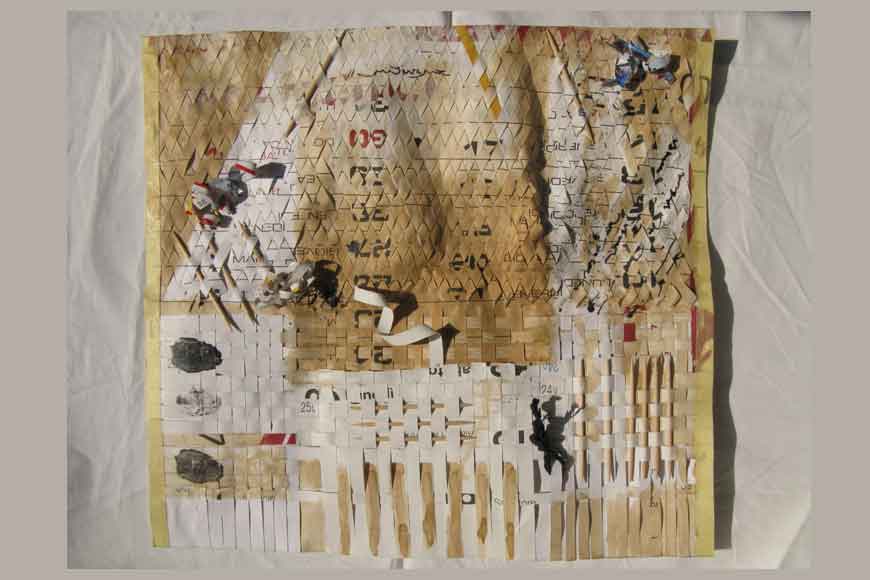
Chandan’s creations by refashioning the textile can be dubbed as sculptures hanging from walls, ceilings and as three-dimensional artwork. Designed with multiple media usage from traditional hemp, cotton (muslin), silk and wool, and the more dramatic nylon, bamboo, rubber, metal, plastic and newspaper, his work challenges the conventional sites of creating art, thereby veering towards formless and thought-provoking allegories which withstand numerous interpretations.
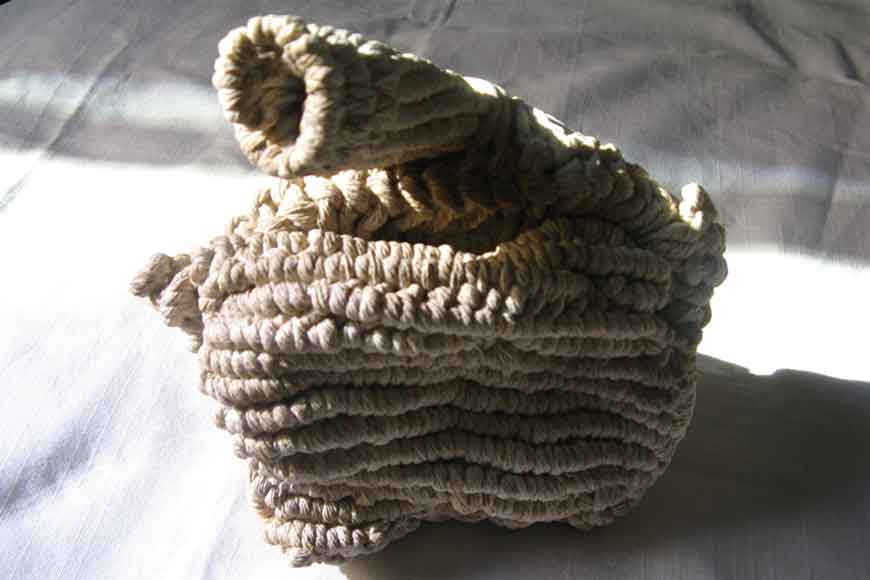
For Chandan, reviving Muslin is a nostalgic trip to his childhood, spent amidst the greenery of Bangladesh which infuses his creations with a dynamic life form. Each of his Muslin creations speaks of Bengal’s heritage and the creator’s intractable connect to his birthplace. The weaving is profoundly intimate, documenting an artist’s metaphorical shift from the country of his birth to his adopted nation. By going beyond stereotypical forms of expression, he has stumbled upon a microcosm of life within his craft. In the taut warp and weft of the weave, he sees the myriad entanglements that constitute his own life, which in turn inspires him to form fresh and unique designs. The entwinements of the Muslin thread represent endless navigation of interpersonal relationships and the knots turn analogous to the ever-present tensions of human existence.
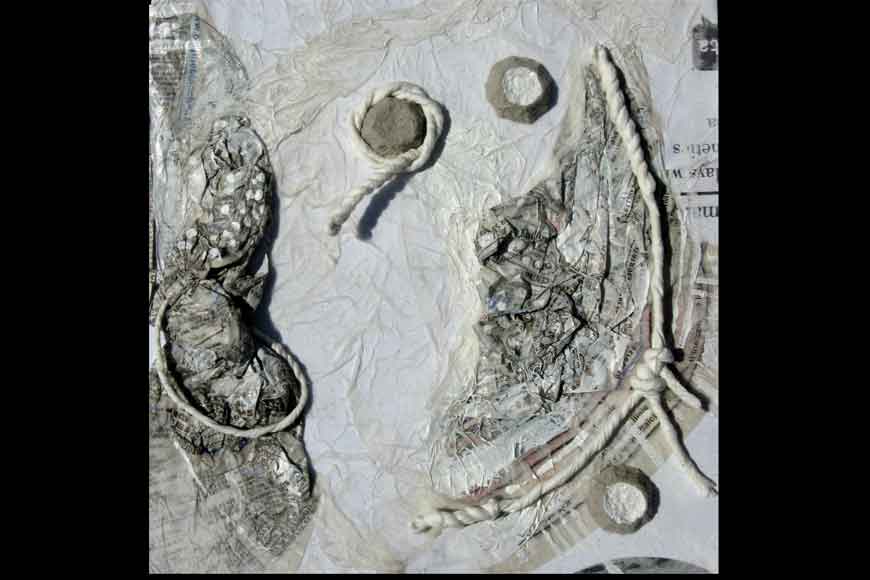
But to the rest of the world, Chandan’s work with Muslin is nothing short of revival of Bengal’s glory --- taking a long forgotten textile to the global platform once more.
